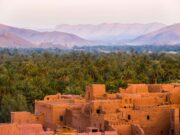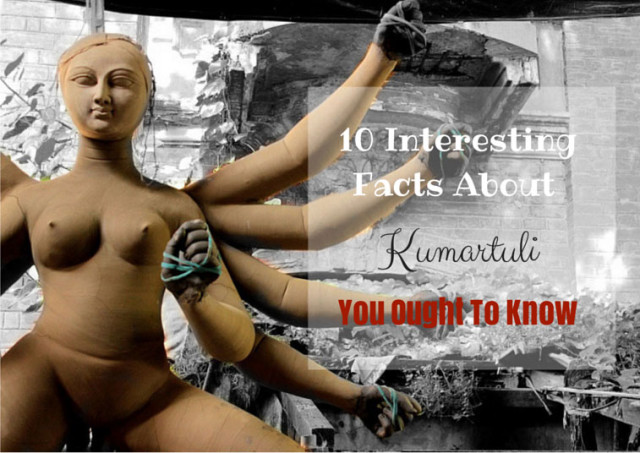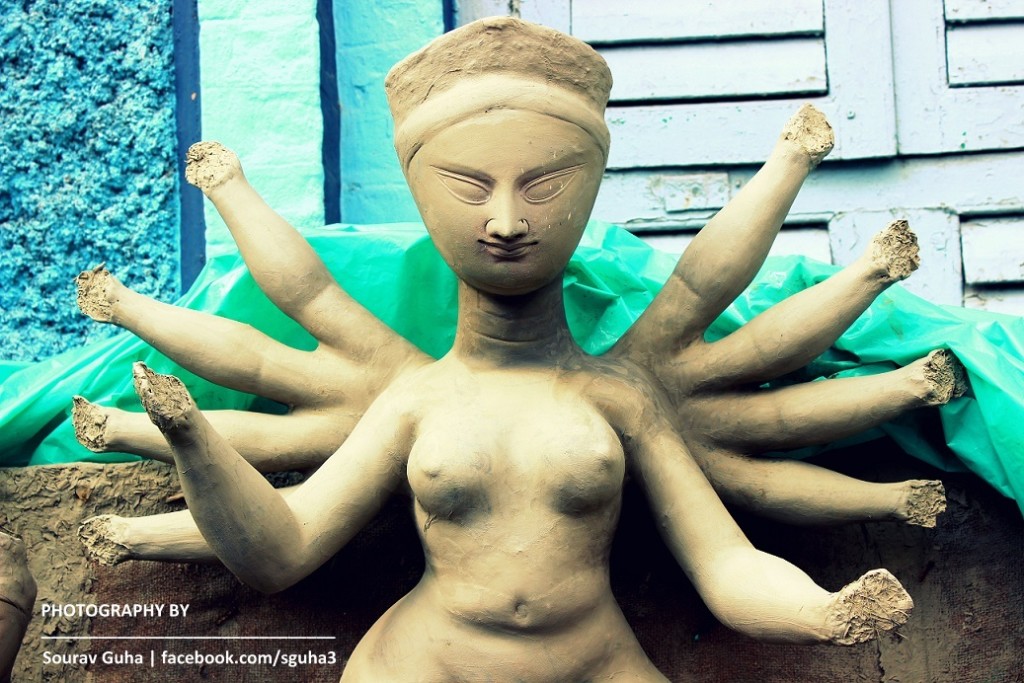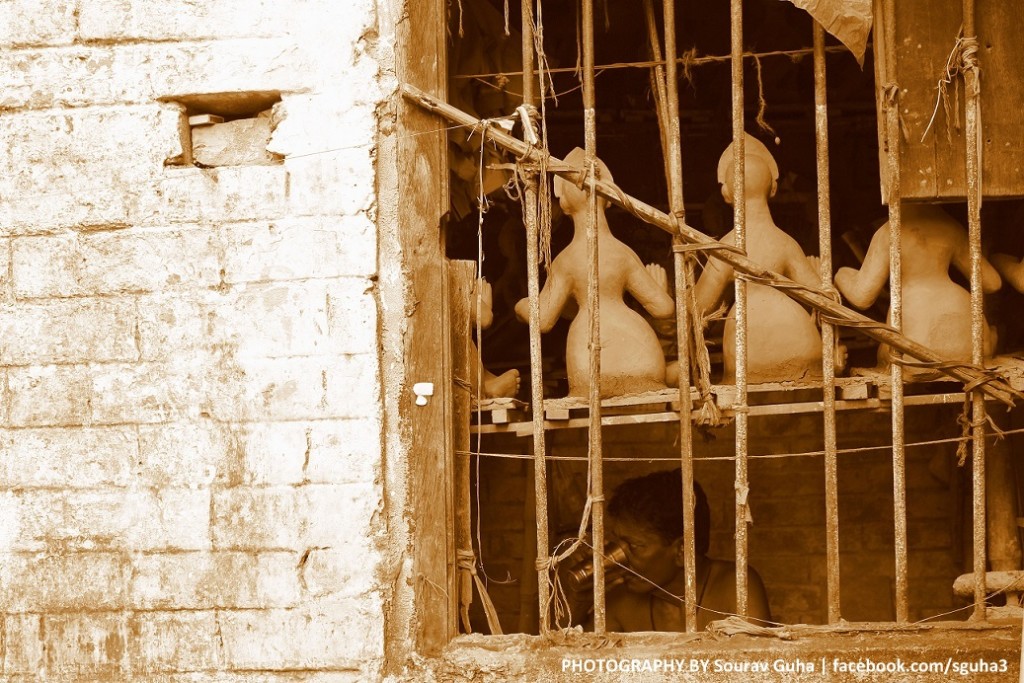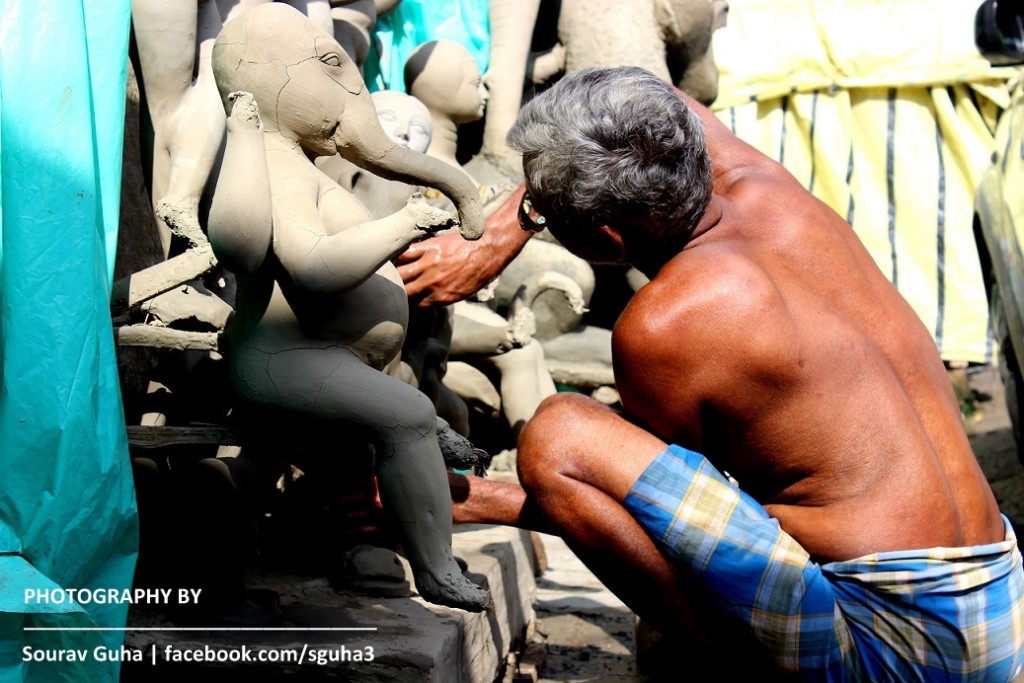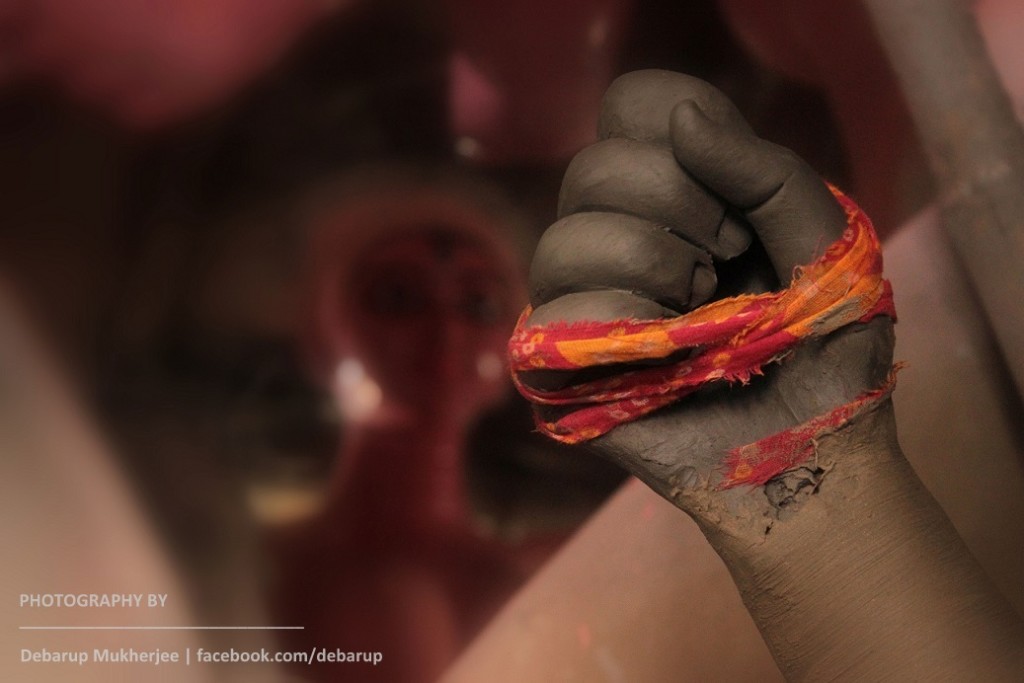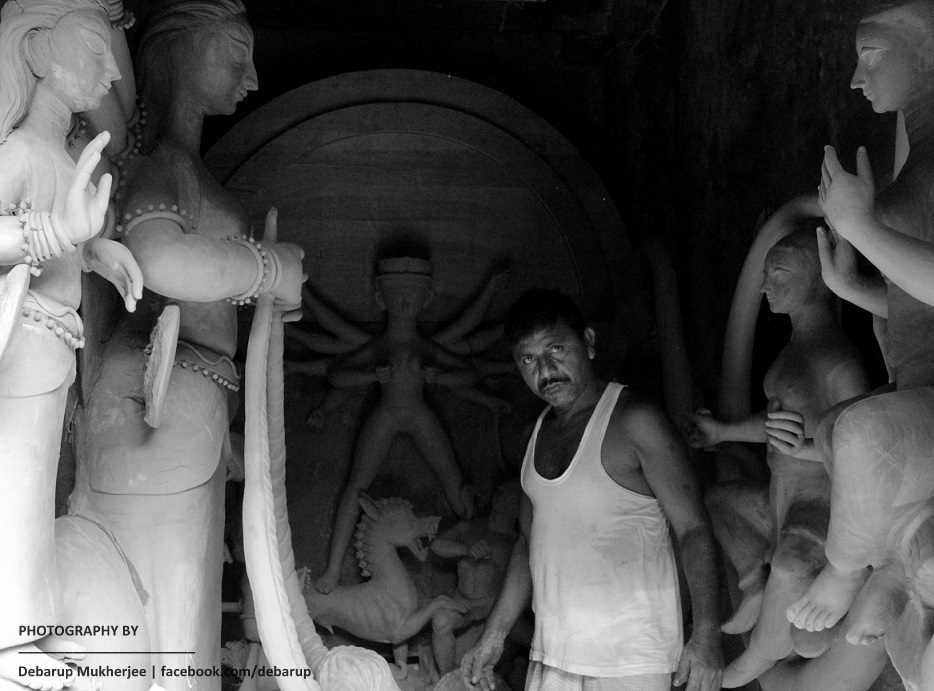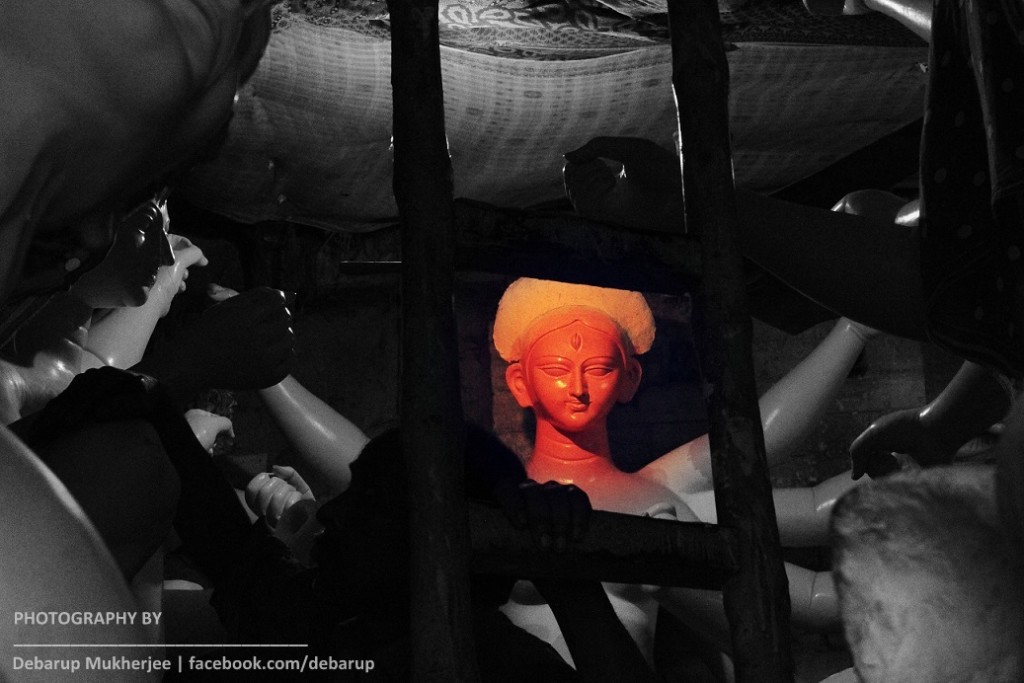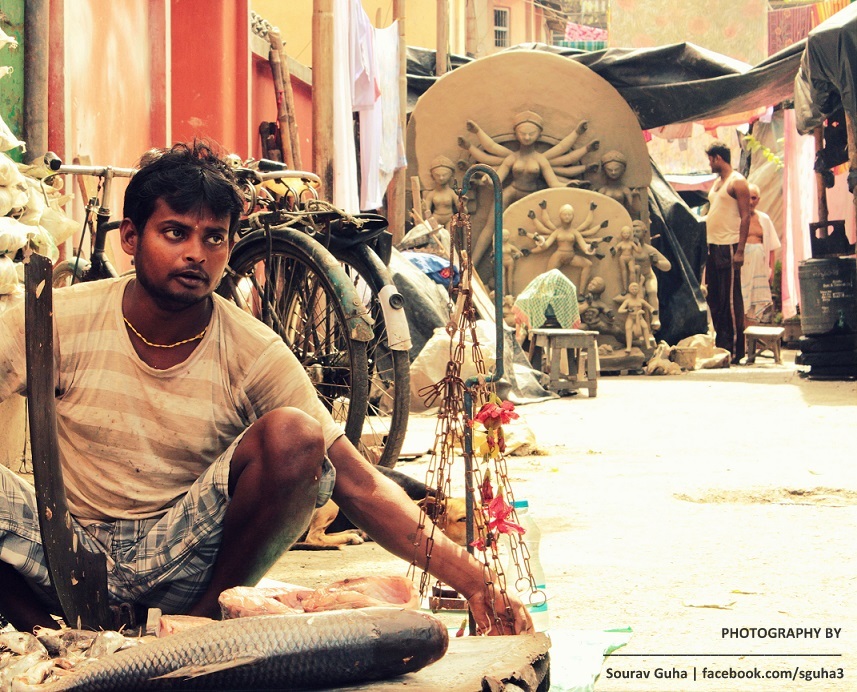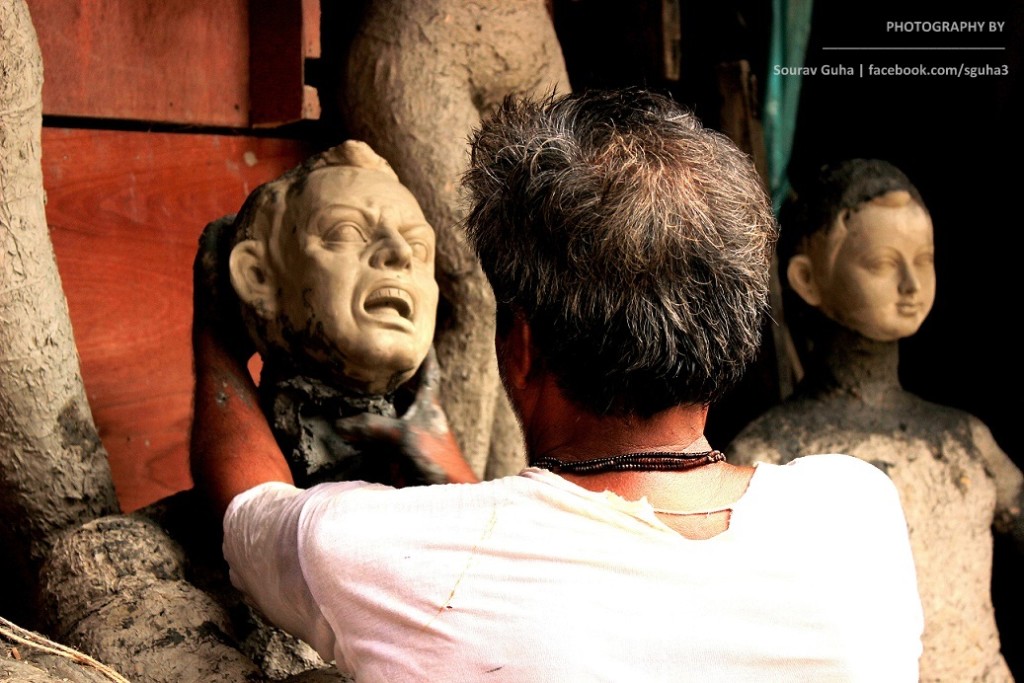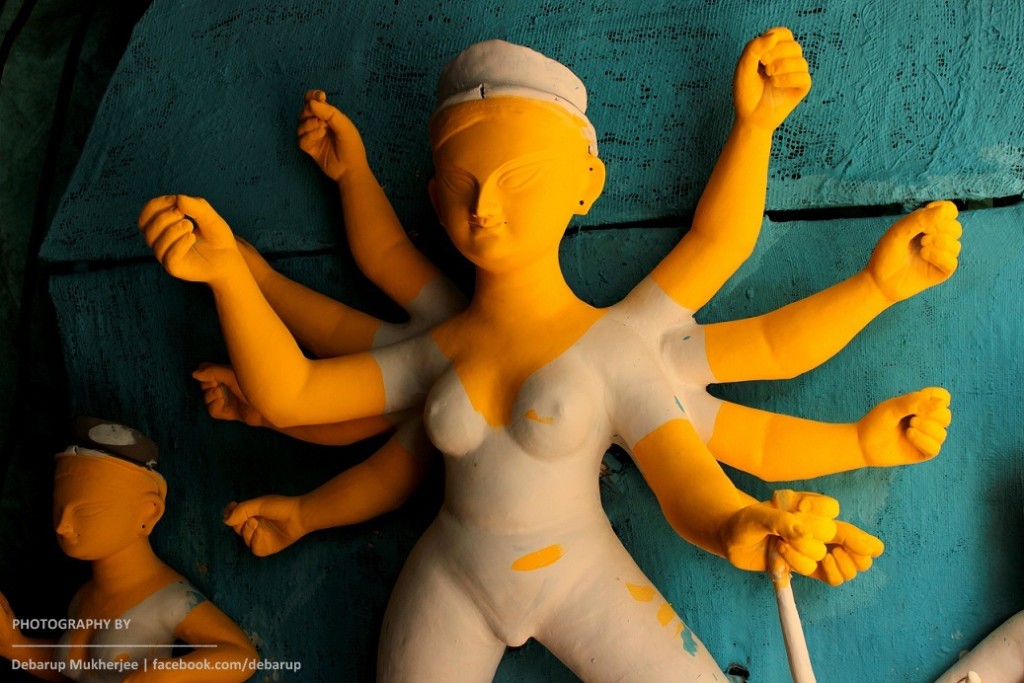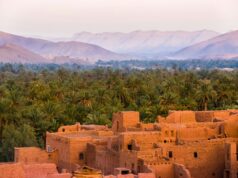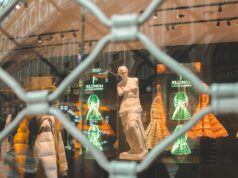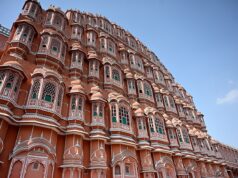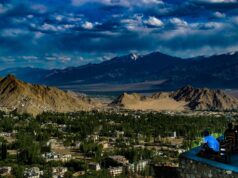Kumartuli is the magical place where craftsmen, over the past several years have created titanic idols (some over 10 ft tall) that has captured the hearts of not only Bengalis but genuine art admirers.
Since the Pujas are knocking at our doors again, the famous Kumartuli, (sometimes it known as Kumortuli) neighborhood has come alive and in full swing of the moment.
This culturally and traditionally significant place has quite a few interesting facts that are little-known to most people.
Here are 10 interesting facts about Kumartuli that you ought to know
1. One of the Seven Wonders of Kolkata
India’s leading English Daily, Times of India has hailed Kumartuli, the potter’s town as one of the seven wonders of Kolkata alongside historical monuments like The Victoria Memorial, Howrah Bridge and many others.
Kumartuli is the traditional potters’ quarter that over the years have transcended form obscurity to prominence by virtue of high-quality artistic idols created by them.
2. British Colonization created Kumartuli
When the British East India Company began building settlements in Kolkata (back then the place was only a few scattered villages), the existing population had to shift and new neighbourhoods, including Kumartuli came into being. The neighbourhoods were named after the residents’ means of livelihood.
While most artisans of North Kolkata died away, the potters of Kumartuli used free clay from the riverbanks close to their homes to make pots and sold them in Burrabazar. Later they turned their skills into making idols of gods and goddesses that were in demand in the rich locality surrounding the area.
3. Dust of the Brothels
In the past, making of the idols was said to be incomplete unless dust from the brothels of Kolkata’s red light district – Sonargachi – was brought and mixed with the clay used for making the idols.
The 2002 Bollywood romantic drama film ‘Devdas’ had featured this peculiar tradition.
4. Home to Many Aristocratic Families
Kumartuli was home to a number of renowned people and families. One of the grandest people living in Kumartuli was Banamali Sarkar – first dewan to the resident at Patna as well as the deputy trader to The East India Company.
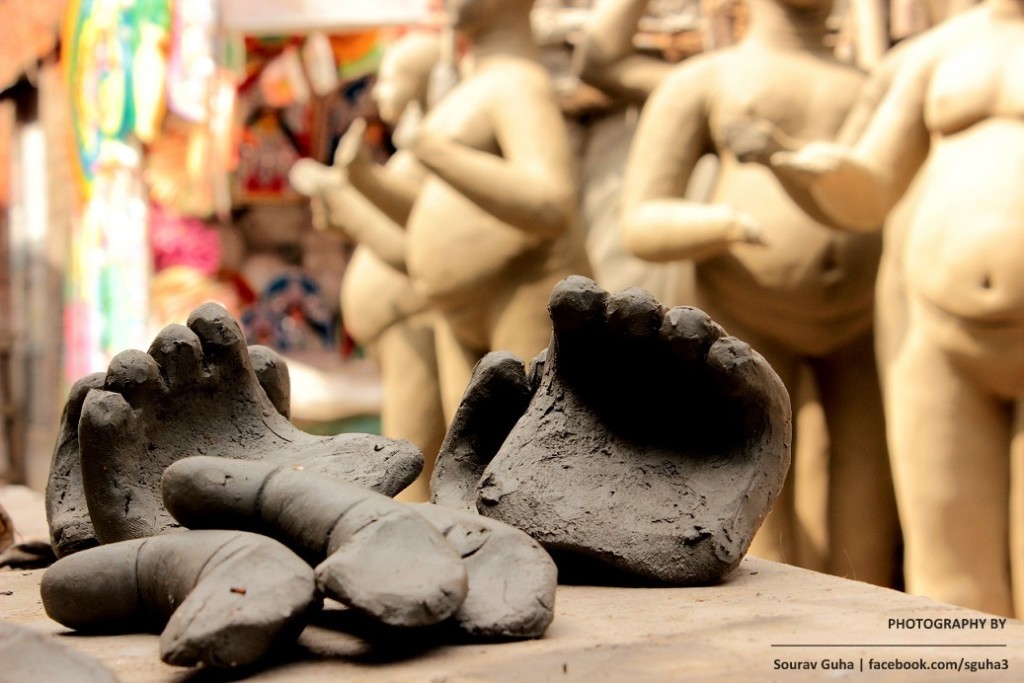 His magisterial house took 10 years to be built at Kumartuli and was famously immortalized in Bengali rhyming proverb.
His magisterial house took 10 years to be built at Kumartuli and was famously immortalized in Bengali rhyming proverb.
5. Kumartuli’s Women Artisan
Making of an idol is considered a pious job. Though historically men has been gaining all the blessings but women, we are told are not completely lagging behind.
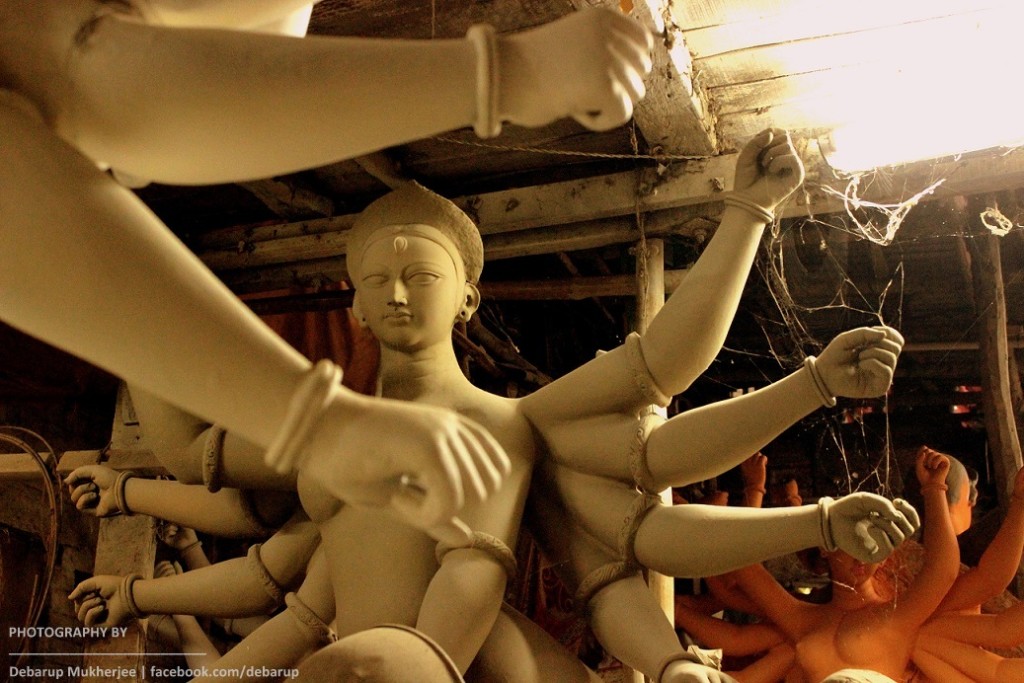 In an era of gender equality, Kumartuli boosts of having as many as 30 women idol artisans who has been in the business of a long time. Some of the well-known one’s are – Soma Pal, Minati Pal, Kanchi Pal and Chapa Rani Pal.
In an era of gender equality, Kumartuli boosts of having as many as 30 women idol artisans who has been in the business of a long time. Some of the well-known one’s are – Soma Pal, Minati Pal, Kanchi Pal and Chapa Rani Pal.
6. Idol Making of 1944
Sunil Gangopadhyay, the popular Bengali writer had once recounted a very different kind of idol making process from his childhood in the 1940s. The process was elaborate and was a part of the festival itself. He said “In those days, instead of buying the idols from the market at Kumortuli, families invited the kumor or artisan home to stay as a house guest weeks before the Puja, during which time he sculpted the idol. The idol at our Puja was known for its magnificent size.
It used to be over 10 feet tall. Every morning as the kumor started his work, we children gathered around him and gaped in awe as he gradually turned a fistful of straw and a huge mass of clay into a perfectly formed, larger-than-life figure. And then came the most intriguing part — the painting of the third eye of the goddess. The artisan would sit in meditation sometimes for hours and then suddenly in one swift stroke of his paint brush, it would be done.”
7. The Kumartuli Gods and Goddesses often Travel Abroad
Kumartuli has an extensive clientele (consisting of NRIs as well) spread across the globe in as many as 90 different countries including America, European & African countries. In the past, Durga images made out of shoal pith by Amarnath Ghosh were flown to Nigeria, Australia, Malaysia and Sweden to the Indian communities living there.
In the year 2007, as many as 12,300 clayed Durga deities were supplied to other nations while some of the NRIs flew down to India seeking to buy idols. The demand for supply as well as the list of countries is ever increasing.
8. Lanes Dedicated to Local People
The first collector of Kolkata, in 1700, was known as the Black Deputy (whose real name was Nandram Sen), has a lane named after him and so does the next Black Deputy (Gobindram Mitter) who owned a sprawling house over 50 bighas of land in Kumartuli.
The winding lane commemorated to Banamali Sarkar has the maximum number of idol-makers working in Kumartuli.
9. Three Stages of idol making involves Several Artists
The three generally followed stages are:
Stage 1. A group of craftsmen creates the structure of the idol using straws and bamboos.
Stage 2. Another group prepares the clay and coats it upon the structure. This helps to fill the crevices left by the straws.
Stage 3. In the final step, the head, feet and palms are taken care of by the senior most artisans. They are created separately and are later attached to the torso of the idol on the stage.
10. Kumartuli Has Got It’s Own Website
Yup, they are very serious and gallant regarding their work (as they should be). Here is the link to their awesome website – http://www.kumartuli.com/ that offers an online idol booking option along with a host of other information.
You can also follow them on social networking sites like Facebook (https://www.facebook.com/Kumartuli).
Above Photographs are copyrighted by the below owner:
Sourav Guha | facebook.com/sguha3
Debarup Mukherjee | facebook.com/debarup







